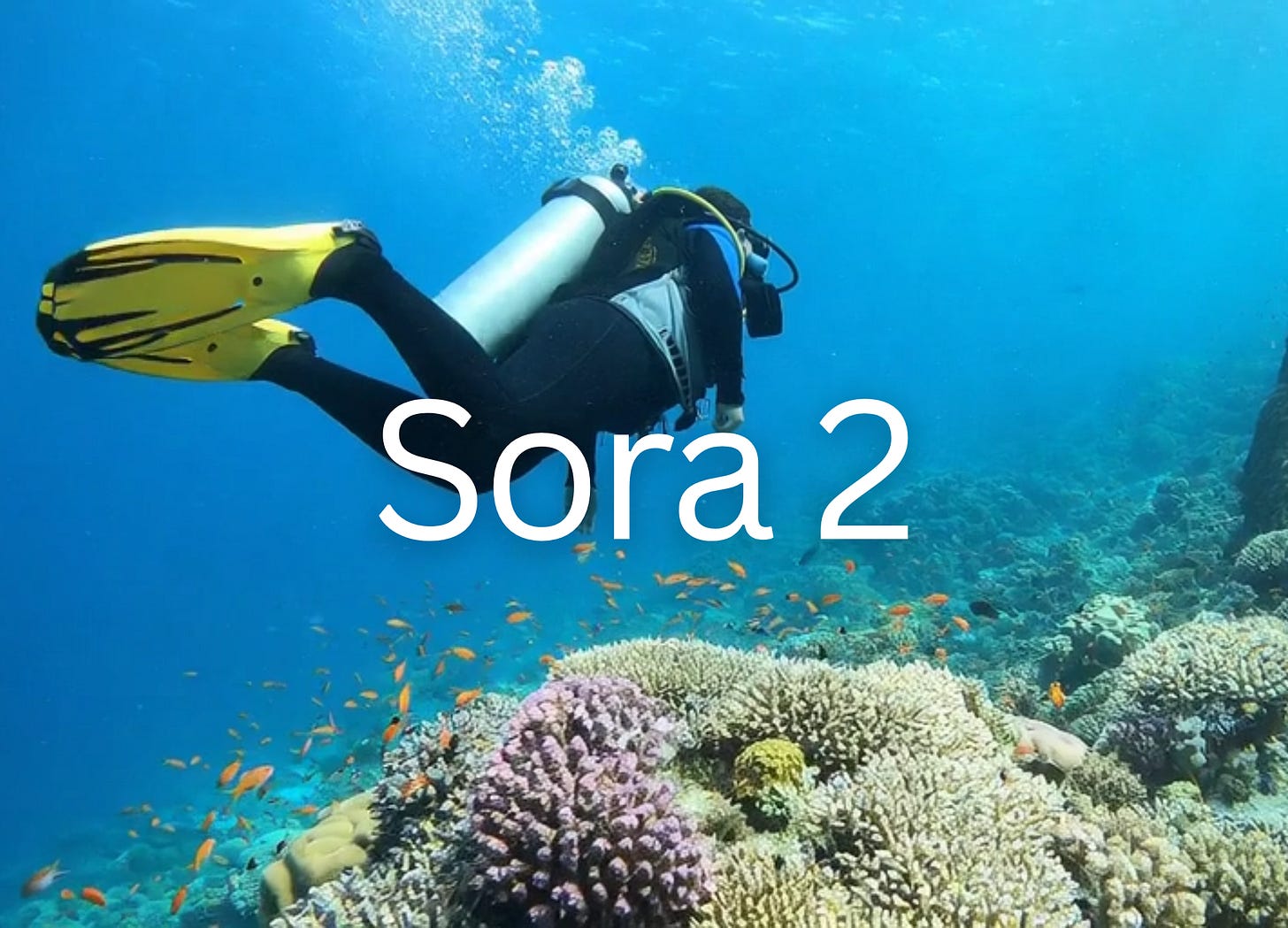OpenAI Releases Sora 2: Revolutionary Video Generation With Sound
OpenAI has unveiled Sora 2, its latest video generation model that creates realistic videos with synchronized audio. The new model represents a major advancement in artificial intelligence capabilities for content creation. This groundbreaking system demonstrates exceptional physical accuracy and controllability compared to previous video generation technologies. The model can produce complex scenarios while maintaining realistic physics and world consistency across multiple shots. Users can now create sophisticated content with integrated soundscapes, speech, and sound effects, marking a significant leap forward in AI-powered media generation capabilities.
Advanced Physics Simulation Capabilities
Sora 2 demonstrates significant improvements in physical accuracy compared to previous video generation systems. The model can create complex scenarios like Olympic gymnastics routines, backflips on paddleboards with accurate buoyancy physics, and figure skating sequences.
Prompt: a gymnast flips on a balance beam. cinematic
Prompt: Vikings Go To War — North Sea Launch (10.0s, Winter cool daylight / early medieval)...
Unlike earlier models that would bend reality to fulfill prompts, Sora 2 follows physics laws more accurately. When a basketball player misses a shot, the ball rebounds naturally off the backboard instead of magically appearing in the hoop.
The system excels at maintaining world state consistency across multiple shots while following detailed instructions. It produces content in realistic, cinematic, and anime styles with impressive fidelity.
Audio Integration and Real-World Elements
This video generation model creates sophisticated soundscapes, speech, and sound effects alongside visual content. Users can inject real-world elements by uploading videos of people, allowing the system to insert them into generated environments while preserving their appearance and voice characteristics.
Prompt: underwater scuba diver, sounds of the coral reef
The technology works with any human, animal, or object, opening new possibilities for personalized content creation.
New Social iOS Application
OpenAI launched a dedicated iOS app called “Sora” powered by the new model. The app includes a social component where users can create content, remix others’ generations, and discover new videos through a customized feed.
A key feature called “cameos” allows users to insert themselves into any Sora scene after completing a one-time recording for identity verification and likeness capture. Only the user controls who can access their cameo, with full rights to revoke access or remove videos at any time.
Safety and Wellbeing Measures
The company implemented several safety features to address concerns about excessive screen time and addiction. The recommender algorithm can be controlled through natural language instructions, and the system regularly checks user wellbeing.
The app prioritizes content from followed accounts and videos likely to inspire user creativity rather than optimizing for engagement time. Special protections for teenagers include daily generation limits and stricter cameo permissions.
Availability and Access
The Sora app is available for download in the United States and Canada, with plans for international expansion. Access begins with an invite-based system to ensure users join with friends.
Sora 2 starts as a free service with generous usage limits, though these depend on computational capacity. ChatGPT Pro subscribers get access to an experimental higher-quality version called Sora 2 Pro.
The original Sora model remains available, and existing user content will stay accessible through the platform library.
Future Implications
OpenAI positions this video generation technology as progress toward general-purpose world simulators that could transform how AI systems understand and interact with the physical world. The company believes such advances will accelerate human progress while bringing creativity and connection to users worldwide.
The development marks what the team considers the “GPT-3.5 moment” for video generation, suggesting significant capabilities compared to earlier systems that represented more basic proof-of-concept stages.



